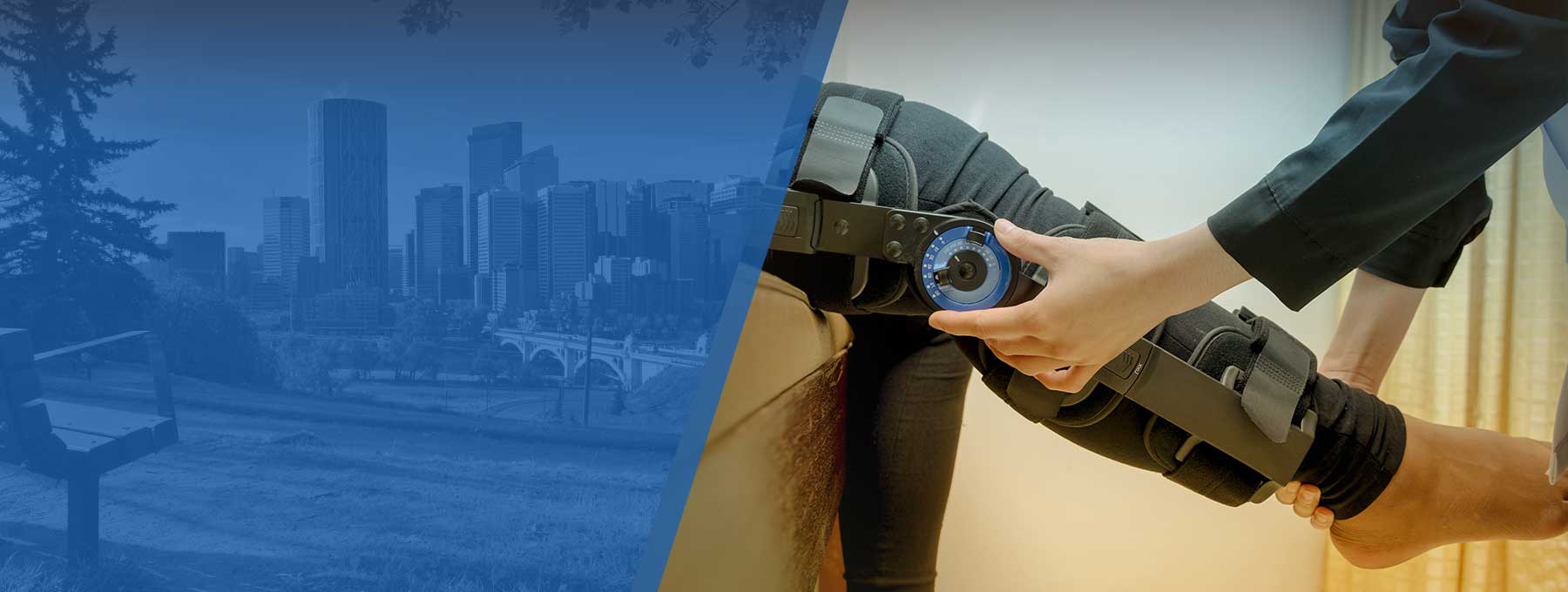Will my knee benefit from a brace?
That answer is not the same for everyone. The decision to consider bracing for a knee involves weighing the pros and cons of what that brace may do for the problem at hand and how it might affect an individual's function? Braces of any sort typically are there to replace or augment certain deficient tissues or properties around a joint. In the case of the knee, you need to understand the nature of your particular problem to decide whether bracing is appropriate?
Need of Braces
The most obvious and frequent need for bracing around the knee is after suffering a tear to one of the major ligaments supporting the main knee joint. These would be considered the anterior cruciate (ACL), the posterior cruciate (PCL), the medial collateral (MCL), and lateral collateral (LCL). Partial or complete tears of any of these ligaments may require bracing and or surgical reconstruction or repair. Often bracing is considered rather than moving on to having a surgical procedure? These braces usually require custom fitting and are made for your particular body shape only. Similarly, we have another joint in the knee called the patellofemoral joint. It too may become too mobile or even dislocating at times which often benefits from being provided increased stability with appropriate bracing. In cases where there are advanced arthritic changes in the knee either on one side of the joint or both consideration is given to bracing. This may be an off-the-shelf non-custom brace or more of a robust custom fit “unloader” brace. This is a specially fit brace functioning to lessen weight-bearing forces travelling through the knee when walking or exercising. There are also knee braces, more typical following surgery, where the knee is only allowed to travel through part of the normal range. These are called motion limiters.
Braces Materials
Braces are made out of different materials based on what function they are designed to assist. All of the custom fit braces are made out of modern lighter materials such as carbon-fibre and usually, come with titanium hinges. They are lightweight but very strong and meant for people to use during their sporting or recreational activities. Some knee braces where the requirements for support are less are made from reinforced neoprene material often augmented by metal hinges or strapping mechanisms. An assortment of non-custom braces is typically carried on-site at our clinics. Make sure you have your brace fit properly to your body shape and size. An incorrectly fitted brace will not function properly and may even lead to further injury.
Talk to your Physiotherapist about the activities you wish to pursue and if they are safe for you to continue. You may be surprised to learn a knee brace may be the key to returning you back to doing the things you want?
Written by Scott Sherman April 2019 – Physiotherapist/Clinic Director Trico Centre





